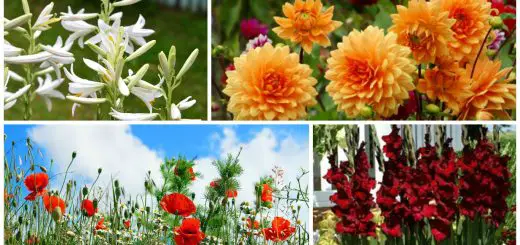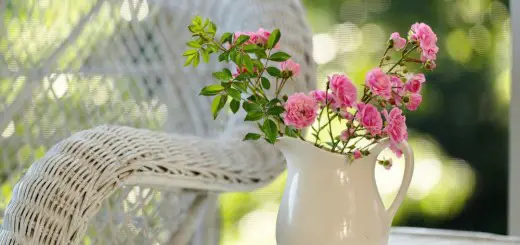Autumn Lawn Care Advice
September and October are the best months to trim the lawn make sure it is fit in anticipation of the cold season. Experts say that, after a hot summer, it’s best to hold on until after some decent rain and you can see the grass is growing again and have the overall picture of a green lawn before proceeding to any revitalizing measures. Here is some autumn lawn care advice which will help grass cope with winter better.
The first step is raking the surface to remove masses of old grass clippings, dry leaves and other debris that can build up on the surface of the lawn, forming a layer called thatch which will smother a lawn and weaken the grass, while providing winter shelter for unwelcome garden pests.. After clearing this layer, the first target you have to set your eyes on is the moss, found in patches under trees or hedges. Apply fertilizer and moss killer and the effect will show in about two weeks when moss turns black. Rake out the dead moss again before moving on to other steps.
To give the grass easier access to oxygen and water and thus grow healthier and greener, scarify the surface the remove the thatch. If you don’t have professional power tools, then use a garden fork pushing it into the ground as far as you can, then wiggle it backwards and forwards to make air channels. Repeat this every 10cm across the lawn to improve drainage. Then apply top sandy dressing over the lawn to improve airing.
If you didn’t use fertilizer and chose to remove the moss by hand, then you should end by perking the tired lawns by giving them a feed. This is a mandatory step which helps correct the trophic regime of the soil which is most of the times patchy in terms of nutrients supply. Cutting the lawn also removes some of the nutrients from grass which will have to be replenished to ensure the lawn grows back healthy.
Therefore, experts recommend fertilizers high in nitrogen, phosphates and potash, depending on the soil and the type of lawns. Nitrogen is essential in the growth of the grass, phosphorus stimulates and consolidates the roots while potash increases resistance to diseases and various climate factors. Anyway, keep in mind that high levels of nitrogen encourage soft, sappy leaf growth that’s vulnerable to disease and could be damaged by frost.
Sources: Telegraph.co.uk, Bbc.co.uk, Gazonul.ro


















